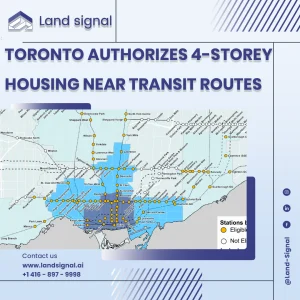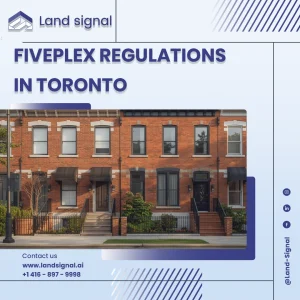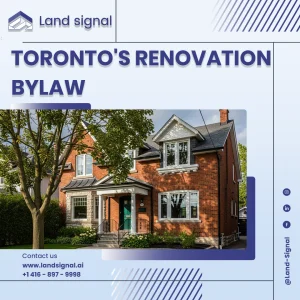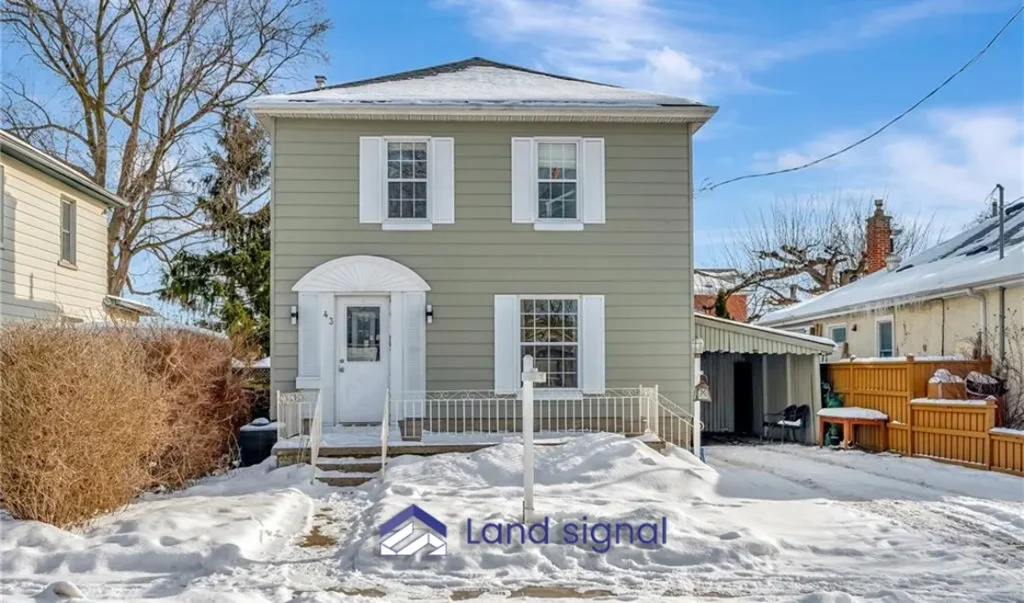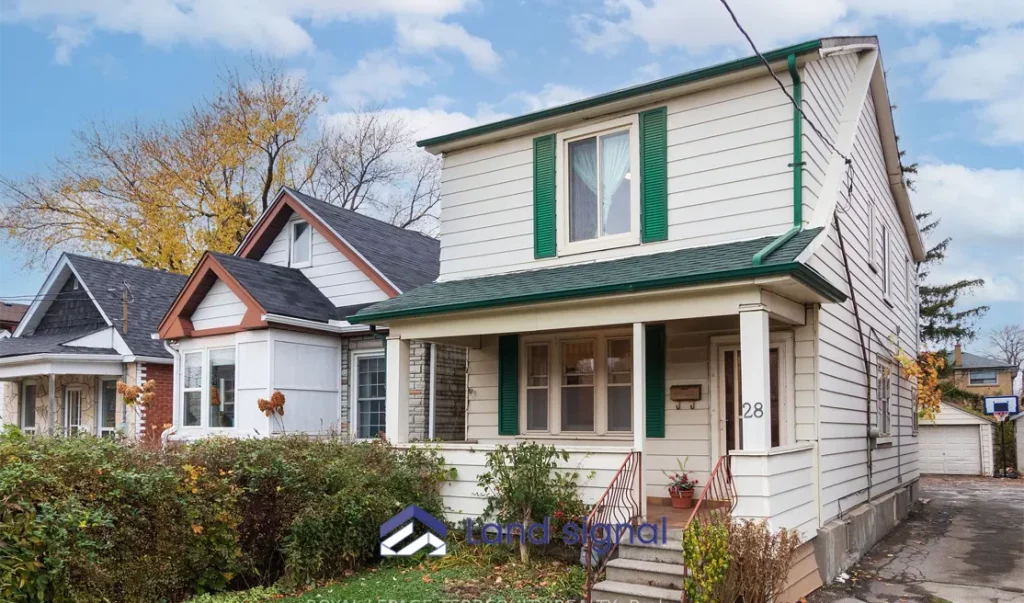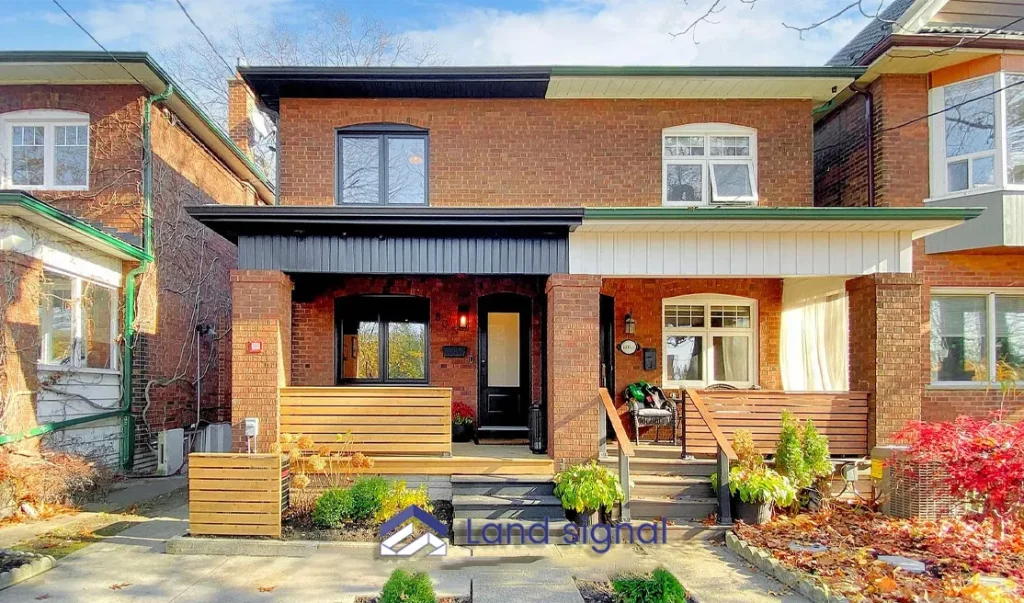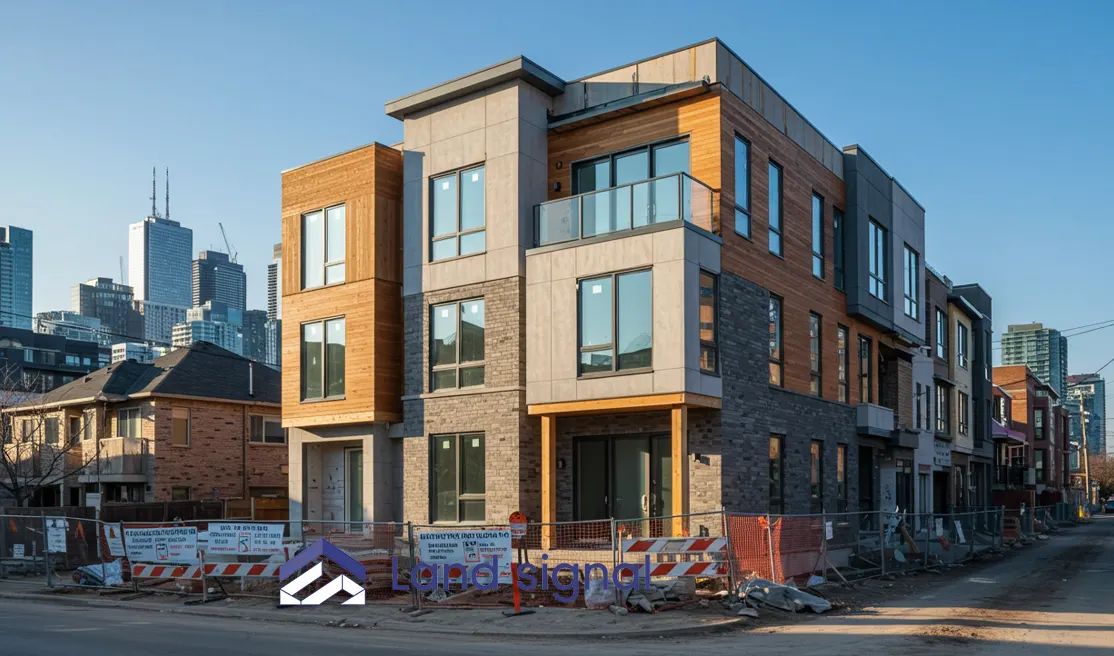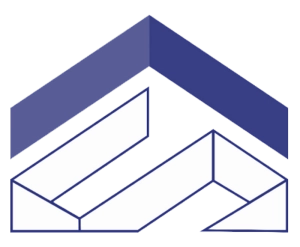For homeowners seeking to expand their living space without sacrificing valuable yard area, a second story addition presents a compelling solution. This transformative renovation can significantly enhance a home’s functionality, aesthetic appeal, and overall value. However, embarking on a second story addition is a complex undertaking that requires careful planning, meticulous execution, and a thorough understanding of the associated benefits, challenges, and costs.
This article provides a comprehensive guide to second story addition ideas, exploring the key considerations involved in planning, designing, and executing a successful project. From assessing your home’s structural readiness to navigating zoning regulations and managing the construction process, this guide equips homeowners with the essential knowledge to make informed decisions and embark on a rewarding second-story addition journey.
Understanding Second Story Addition Ideas
A second-story addition involves expanding a home’s vertical footprint by adding a new level above the existing structure. This can range from adding a single room above a garage or extending the entire footprint of the house upwards. The project necessitates significant structural modifications, including reinforcing the existing foundation, framing the new level, and integrating the new space with the existing home’s systems, such as plumbing, electrical, and HVAC.
Understanding the scope and complexity of this type of renovation is crucial for homeowners considering a second-story addition. It is essential to engage experienced architects, engineers, and contractors to ensure the project is executed safely, efficiently, and in compliance with building codes and regulations.
Read Also: Comprehensive Guide to Second Floor Addition Toronto
What Are the Benefits of the Second Story Addition Ideas?
A second-story addition offers numerous advantages, making it a popular choice for homeowners seeking to enhance their living space and property value.
Improved Views
Elevating your living space allows you to enjoy better views of the surrounding landscape. Whether it’s a scenic vista, a nearby park, or a broader view of your neighborhood, a second-story addition can significantly increase your home’s visual appeal and enjoyment.
Increased Living Space
A second-story addition mainly increases living space to accommodate growing families, home offices, and hobbies. It can transform a cramped home into a more spacious and functional living space.
Opportunity for Layout Optimization
Adding a second story allows you to reimagine your home’s layout, creating a more efficient and comfortable living environment. Relocating bedrooms or private areas to the upper floor opens up the ground level for larger living, dining, and entertaining spaces, improving the home’s overall flow and functionality.
Potential Increase in Property Value
Adding a second story can significantly increase a home’s market value. The additional square footage and increased functionality often result in a higher appraisal, providing homeowners with a substantial return on investment and a significant advantage when selling their property.
Preserved Yard Space
Unlike horizontal expansions, a second-story addition preserves valuable yard space. This is particularly beneficial for homeowners with smaller lots who wish to maximize their outdoor living area. Maintaining ample yard space allows for landscaping, gardening, outdoor entertaining, and other recreational activities.
Read Also: Above Garage Addition Toronto | Everything You Need to Know About
Potential Challenges to Consider
While second story addition ideas offer numerous benefits, it’s essential to be aware of the potential challenges involved.
Design Complexity
Designing a second-story addition is a complex process that requires careful consideration of structural integrity, aesthetics, and functionality. Integrating the new level seamlessly with the existing structure requires expertise and meticulous planning. The design must address issues such as rooflines, window placement, and the overall architectural style of the home.
Extensive Disruption
Constructing a second-story addition is a major renovation project that involves significant disruption to daily life. The construction process can be noisy, dusty, and inconvenient, requiring homeowners to adapt to temporary living arrangements and navigate construction zones within their homes. Proper planning and communication with the construction team can help minimize disruptions and manage expectations.
Significant Cost
Second-story addition ideas are typically more expensive than other home renovation projects. The structural modifications, material costs, and labor involved can contribute to a substantial overall cost. Developing a realistic budget and exploring financing options is crucial for homeowners considering a second-story addition.
Structural Considerations
Adding a second story can significantly increase a home’s market value. The additional square footage and increased functionality often result in a higher appraisal, providing homeowners with a substantial return on investment and a significant advantage when selling their property.
Zoning Restrictions
Local zoning regulations may restrict the height, size, and setback requirements for second-story additions. Homeowners must research and comply with all applicable zoning ordinances before commencing construction. Obtaining the necessary permits and approvals is essential for a legally compliant and hassle-free renovation permit Toronto.
Assessing if Your Home Is Ready for a Second Story Addition
Before embarking on second story addition ideas, it’s crucial to assess your home’s structural readiness and compliance with local regulations.
Evaluating Your Foundation
The existing foundation must be strong enough to support the added weight of a second story. A structural engineer should evaluate the foundation’s condition and capacity to determine if it requires reinforcement or modifications. This assessment is critical for ensuring the structural integrity and safety of the expanded home.
Read More: Foundation Requirements for Adding a Second Story
Checking Zoning Regulations and Permits
Local zoning rules limit the height, size, and setbacks of second-story additions. Homeowners must comply with these rules and obtain the necessary permits to ensure their renovation is legal.
Read Also: A Comprehensive Guide Home Extension Permit Toronto
Estimating the Cost of Adding a Second Floor
- Budgeting and Planning : Accurate budgeting is essential. Get detailed estimates from experienced contractors. Include construction costs, permits, inspections, potential relocation, and a contingency fund for unforeseen issues.
- Design complexity: Intricate designs and custom features increase costs. Simple designs are more cost-effective. Complex rooflines, custom windows, and architectural details raise labor and material expenses. Working with an architect can help balance aesthetics with budget.
- Square footage: Larger additions cost more due to increased materials and labor. Material choices, such as high-end finishes, also affect costs. Homeowners should consider their space needs and budget when deciding on the size of the addition.
- Structural requirements: Reinforcing the foundation, reframing the roof, or other structural modifications add to the cost. A structural engineer should evaluate the existing home and recommend necessary upgrades to ensure safety and stability.
- Systems Upgrades : Extending or upgrading the electrical, plumbing, and HVAC systems for the new floor increases expenses. Although energy-efficient upgrades increase upfront costs, they offer long-term savings.
- Temporary Relocation :Moving out during construction adds costs for temporary housing, storage, and meals. The duration of relocation directly affects the total expense, so plan accordingly.
- Location: Local construction costs vary based on labor availability and demand. High-demand areas may be more expensive. Permit fees and inspections also differ by jurisdiction. Obtain multiple bids to compare costs.
Preparing Your Home for Second Floor Extension Ideas
Proper preparation is essential for a smooth and efficient construction process. This involves protecting the existing structure and ensuring safe access for workers during the renovation. Careful planning and communication with the construction team can help minimize disruptions and ensure a successful project. Homeowners should be prepared for dust, noise, and other inconveniences associated with construction activities.
Protecting Your Ground Floor
Covering furniture, flooring, and other belongings on the ground floor protects them from dust, debris, and potential damage during construction. Using drop cloths, plastic sheeting, and other protective materials can help minimize damage and cleanup efforts. Creating designated walkways and work areas can help contain dust and debris and prevent accidental damage to belongings. Proper ventilation is also important to minimize dust accumulation and maintain air quality.
Setting Up Temporary Stairs
Installing temporary stairs provides safe access to the second floor during construction. This allows workers to move materials and equipment efficiently and safely. The temporary stairs should be sturdy and comply with safety regulations. Proper lighting and handrails are essential for safe navigation. The location of the temporary stairs should be carefully planned to minimize disruption to the ground floor living areas.
Conclusion
The second story addition ideas offer a transformative opportunity to enhance living space, improve functionality, and increase property value. However, it is a complex undertaking that requires careful planning, thorough research, and collaboration with experienced professionals. By understanding the benefits, challenges, costs, and essential steps involved, homeowners can make informed decisions and embark on a successful second-story addition project that transforms their home into the ideal living space.






